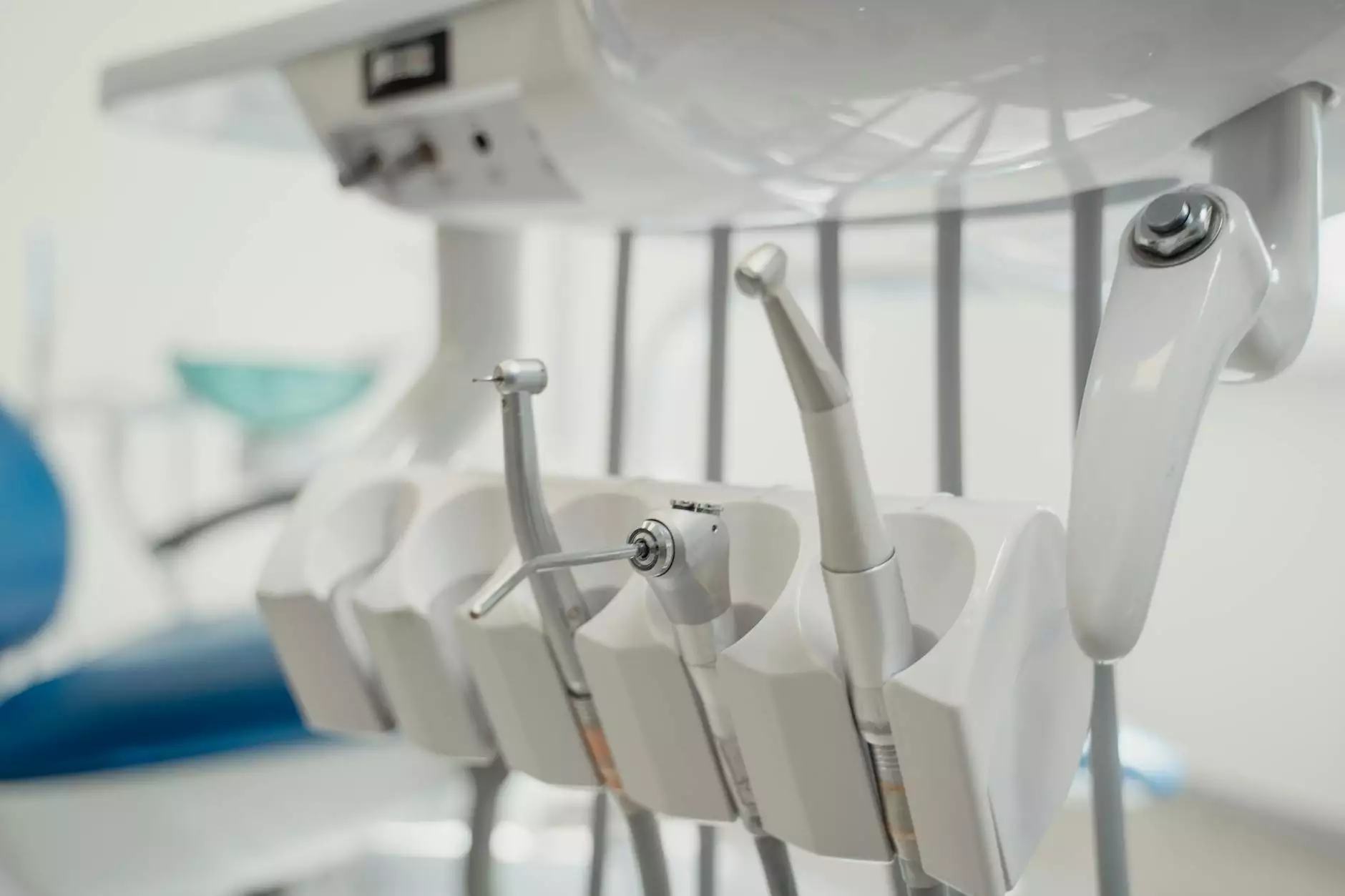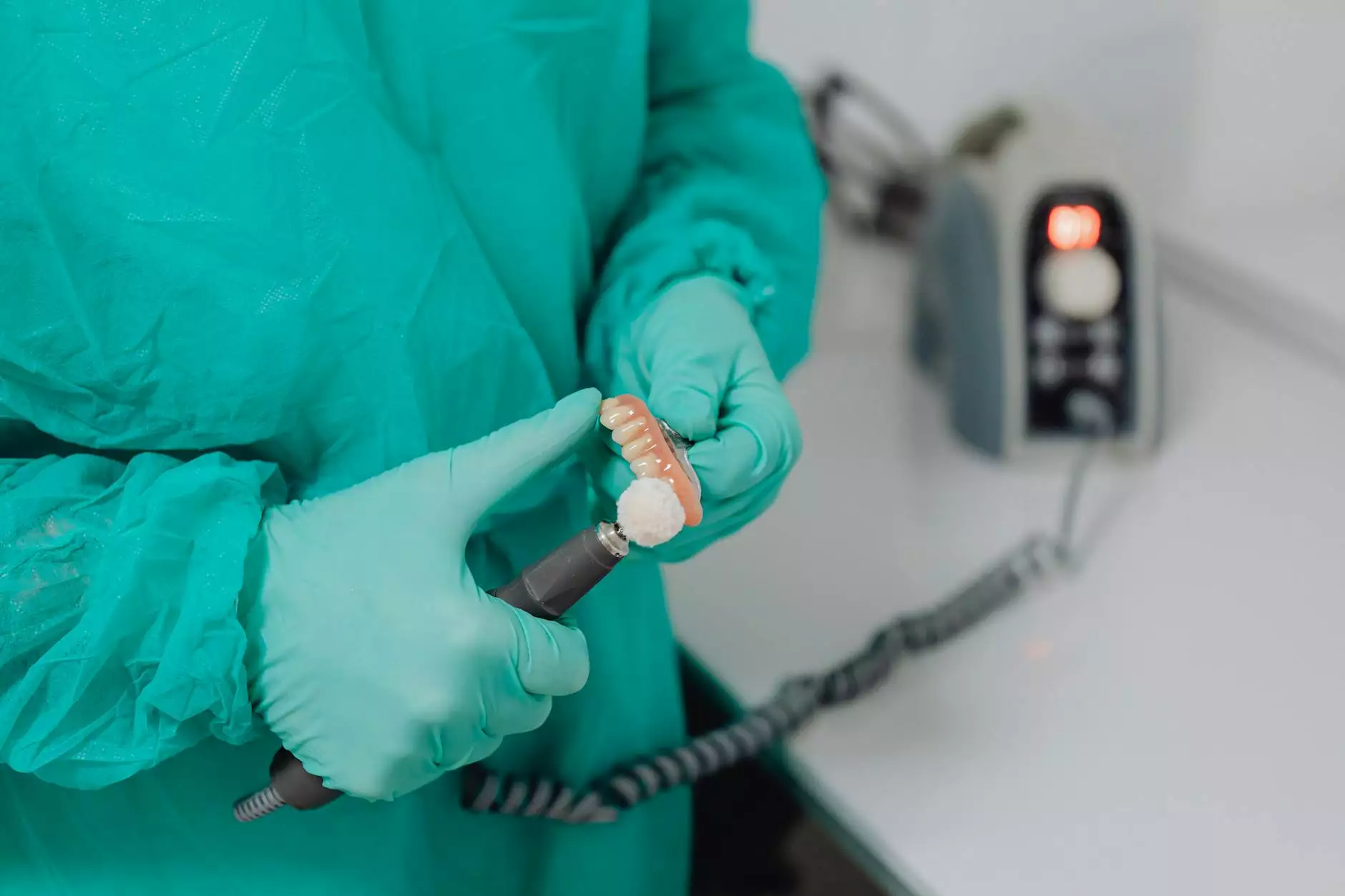Understanding AAA Abdominal Ultrasound

In the world of medical imaging, AAA abdominal ultrasound stands out as a non-invasive diagnostic tool that plays a vital role in assessing vascular conditions. This procedure is primarily utilized to evaluate the abdominal aorta, helping to identify any abnormalities that may pose serious health risks, such as an aneurysm. In this comprehensive article, we will explore the importance of AAA abdominal ultrasound, the procedure involved, its benefits, and much more.
What is AAA Abdominal Ultrasound?
The AAA abdominal ultrasound, or abdominal aortic aneurysm ultrasound, is a specialized imaging technique that uses sound waves to produce detailed images of the abdominal aorta. The abdominal aorta is the largest artery in the abdomen, and an aneurysm here can lead to life-threatening complications.
Why is AAA Abdominal Ultrasound Important?
Understanding the significance of the AAA abdominal ultrasound is essential for both patients and healthcare professionals. The primary importance lies in its ability to:
- Detect Abdominal Aortic Aneurysms: Early detection is crucial for preventing rupture, which can be fatal.
- Monitor Existing Aneurysms: For patients diagnosed with an aneurysm, regular ultrasounds help in monitoring its size and growth.
- Non-Invasive Method: Ultrasound is a non-invasive, painless procedure, making it an ideal choice for many patients.
- Immediate Results: Results from ultrasound examinations can often be available almost immediately, allowing for quick diagnosis and decision-making.
When is AAA Abdominal Ultrasound Recommended?
The AAA abdominal ultrasound is generally recommended for patients who fall into certain categories, including:
- Individuals over the age of 65, particularly men who have a history of smoking.
- Patients with a family history of abdominal aortic aneurysms.
- Individuals with high blood pressure, high cholesterol, or other cardiovascular risk factors.
- Patients who exhibit symptoms such as abdominal pain, back pain, or pulsating sensations in the abdomen.
The Procedure: What to Expect During AAA Abdominal Ultrasound
Preparing for an AAA abdominal ultrasound is straightforward and typically involves the following steps:
- Preparation: Patients may be advised to avoid eating or drinking for several hours before the exam to allow for clearer images.
- Positioning: Upon arrival at the clinic, the patient will be asked to lie down on an examination table, exposing the abdomen.
- Application of Gel: A water-based gel will be applied to the abdomen to facilitate the movement of the ultrasound probe.
- Ultrasound Procedure: The technician will move a transducer (the ultrasound probe) across the abdomen, sending sound waves into the body. These sound waves will bounce back and be converted into images.
- Duration: The entire procedure usually lasts about 30-60 minutes.
Understanding the Results of AAA Abdominal Ultrasound
After the AAA abdominal ultrasound, the results will be analyzed by a radiologist who will generate a report. Key findings may include:
- Presence of an Aneurysm: If an aneurysm is detected, its size and shape will be documented, which is critical for further management.
- Other Abdominal Structures: The ultrasound may also provide information on neighboring organs, which can help rule out other conditions.
Benefits of AAA Abdominal Ultrasound
The AAA abdominal ultrasound procedure offers a multitude of benefits, including:
- Safety: It is a safe procedure with no exposure to ionizing radiation, unlike CT scans or X-rays.
- Cost-Effectiveness: Ultrasounds are often more affordable than other imaging methods while providing comparable diagnostic information.
- Portability: Ultrasound machines are portable, making them accessible in various clinical settings.
- Fast Results: Patients can often receive their results on the same day, expediting the management process.
Potential Risks and Considerations
While the AAA abdominal ultrasound is considered safe, it is essential to acknowledge potential considerations:
- Limitations: Ultrasound may not provide as much detail as other imaging modalities, such as CT scans, especially in obese patients.
- Operator Dependency: The quality of the ultrasound images depends on the skill and experience of the technician performing the exam.
Living with an Abdominal Aortic Aneurysm: What You Need to Know
If you have been diagnosed with an abdominal aortic aneurysm, knowing how to manage your health is crucial:
- Regular Monitoring: Follow your doctor’s recommendations for regular ultrasounds to monitor your aneurysm size.
- Lifestyle Modifications: Implement a healthy lifestyle by eating a balanced diet, exercising regularly, and avoiding tobacco.
- Medications: Taking prescribed medications to control blood pressure and cholesterol can help minimize risks.
- Know the Symptoms: Be vigilant about any new abdominal or back pain and consult your physician immediately if such symptoms arise.
Conclusion
The AAA abdominal ultrasound is an invaluable tool in the field of vascular medicine, providing critical information for the diagnosis and management of abdominal aortic aneurysms. Its non-invasive nature, rapid results, and safety make it a preferred imaging choice for both patients and healthcare providers. By understanding the importance of this procedure and adhering to regular monitoring, you can take proactive steps toward maintaining your vascular health.
Learn More About Vascular Health
For more information on AAA abdominal ultrasound and other vascular health topics, visit Truffles Vein Specialists. Our team of experienced professionals is dedicated to providing comprehensive care and guidance for optimal health.








